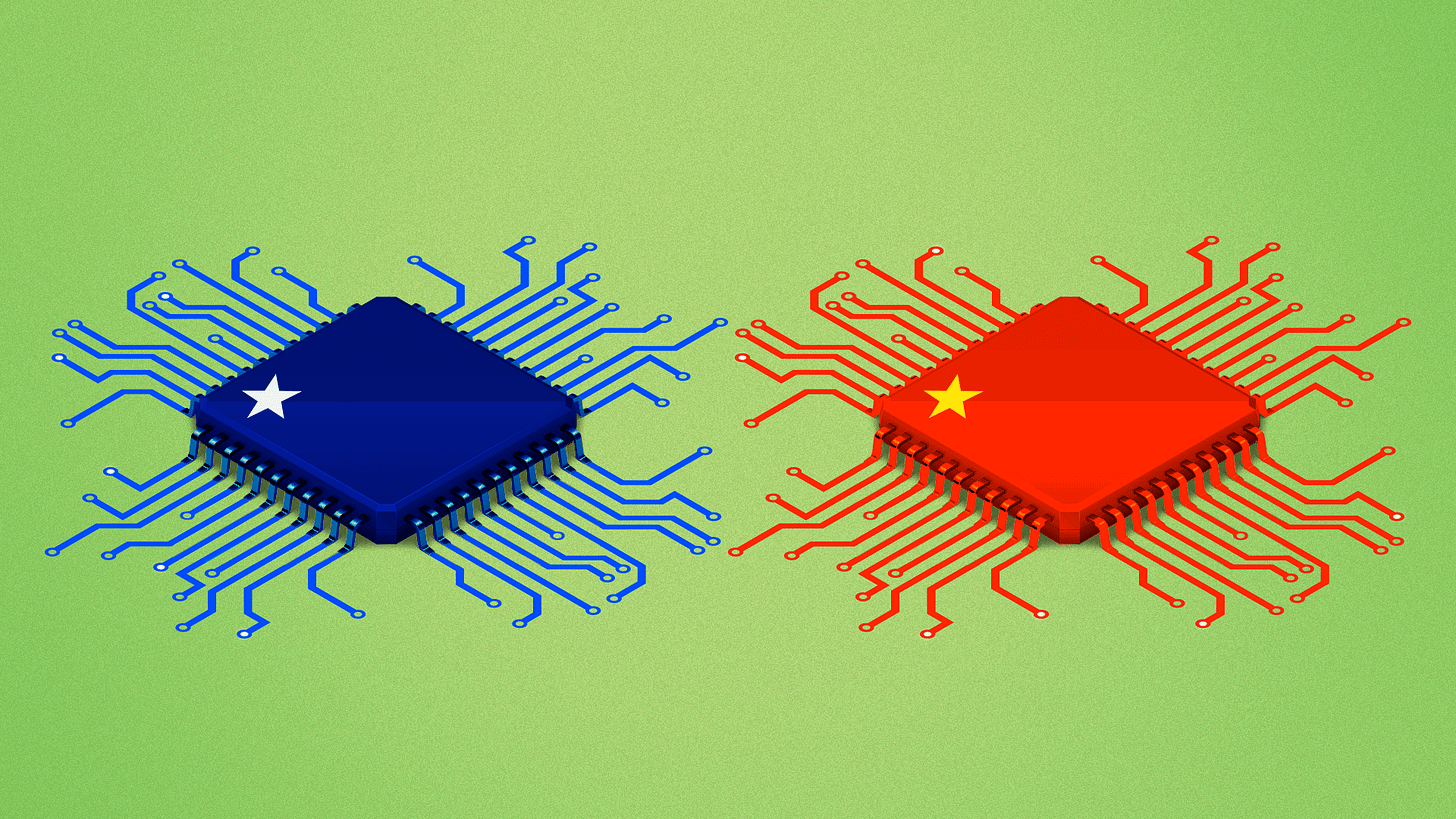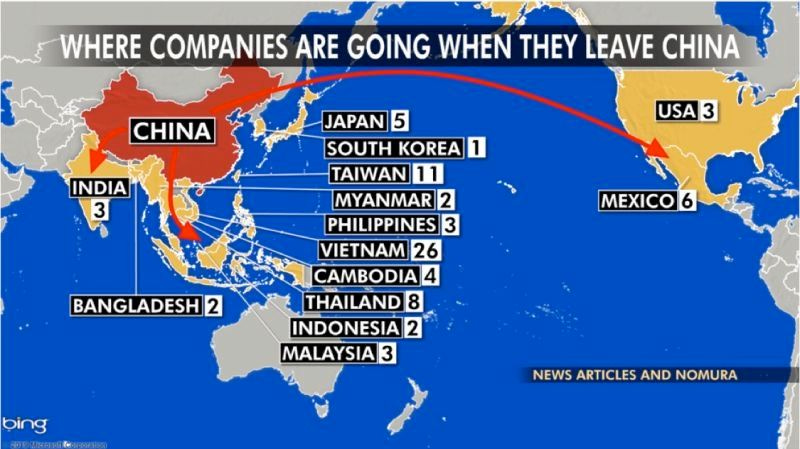I’ve been making the point for a while now on how important it is for the US to ‘thread the needle’ with China on national security issues vs our long-term economic well-being. Apple has already been caught in the cross-fire of this tussle, arguably the crown jewel of our technology industry. The NY Times has a piece today “How the Big Chip Makers are Pushing Back on Biden’s China Agenda”, where they note:
“Nvidia, Intel and Qualcomm are campaigning to protect their businesses before further crackdowns on the sale of semiconductor technology to Beijing.”
They go on to point out:
“The American chip companies have pushed back with a blunt warning: Cutting sales to China would gut their businesses and derail the administration’s plan to build new semiconductor factories in the United States.
“Since July, Nvidia, Intel and Qualcomm, three of the world’s largest chip makers, have pressed their case that cracking down on China would have unintended consequences. They have challenged the White House’s national security wisdom in meetings with officials like Secretary of State Antony J. Blinken and Commerce Secretary Gina M. Raimondo, wooed think tanks and urged leaders across Washington to reconsider additional chip controls, according to interviews with two dozen officials across the government, industry and policy organizations.”
“The companies have warned that a U.S. pullback could accelerate China’s development of an independent chip industry, paving the way to a world dominated by Chinese-created chips rather than American-designed chips.”
Our big tech companies have been a critical part of the impressive growth in our economy and stock market for a few years now. Note this chart from Maverick Equity:
The current private and public market enthusiasm around the AI Tech Wave has been a tail-wind, as I’ve highlighted around the recent Arm Holdings IPO, and the robust market for AI infrastructure led by Nvidia and others in the US and beyond.
The impact of China in semiconductors transcends China, as the NY Times piece also points out:
“China accounts for about a third of the global semiconductor market and more than $50 billion in combined annual revenue for Nvidia, Intel and Qualcomm. The companies have cautioned that losing that revenue could force cuts in technology development, jobs and spending on semiconductor factories in Arizona, Ohio and New York.”
Even the large non-China businesses of our technology and non-technology companies would be dented long-term by not having access to business related to China and related global supply chains. India and a whole host of other countries are still early in ramping up as possible alternatives, but will take years to ramp up.
And it’ll take time to build semiconductor fabs in the safety of the US. This FT piece highlights the challenges that Taiwan Semiconductor (TSMC), the world’s singularly largest maker of the actual chips we all depend on, is facing ramping up fabs in the US. This despite tens of billions being thrown at the task by both the US and the companies and their ecosystem.
As I’ve pointed out before, without the AI GPU chips, ‘AI’ are just two non-adjacent letters in the English Alphabet. Even OpenAI, which sold 49% of itself to Microsoft for access to billions of dollars of AI GPU cloud infrastructure, is trying to traverse the cost and scarcity of sufficient GPU chips for the opportunities ahead:
“The effort to get more chips is tied to two major concerns Altman has identified: a shortage of the advanced processors that power OpenAI's software and the “eye-watering” costs associated with running the hardware necessary to power its efforts and products.”
“Since 2020, OpenAI has developed its generative artificial intelligence technologies on a massive supercomputer constructed by Microsoft, one of its largest backers, that uses 10,000 of Nvidia's graphics processing units (GPUs).”
“Running ChatGPT is very expensive for the company. Each query costs roughly 4 cents, according to an analysis from Bernstein analyst Stacy Rasgon. If ChatGPT queries grow to a tenth the scale of Google search, it would require roughly $48.1 billion worth of GPUs initially and about $16 billion worth of chips a year to keep operational.”
And even Nvidia, which provides 80% of the AI GPU chips currently in white hot demand, gets them from Taiwan Semiconductor (TSMC). As does Google for its competing Tensorflow TPU chips for their AI cloud efforts And as does Apple for all its Apple Silicon. So it all leads to Taiwan and China, where the manufacturing ecosystems lie to get the ‘AI Atoms’ that can move the ‘AI Bits’ we need moved around as fantastical compute cycles. And that’s going to take a whole lot of time. Not to mention hundreds of billions in capital.
What Apple and other US companies have built in the ecosystems in and around China took decades. And it’ll take at least as long to build alternatives here and abroad. And in the meantime, China is not going to sit still. They will find a way to grow around our restrictions as fast as they can. And US investors would lose access to the best and brightest entrepreneurs in China in the meantime.
So it’s positive that US tech companies are making their case for us in DC. Let’s see if we continue to ‘thread the needle’ with China, and not hurt ourselves in the process, in the head, foot, or anywhere else. Stay tuned.
(NOTE: The discussions here are for information purposes only, and not meant as investment advice at any time. Thanks for joining us here)








